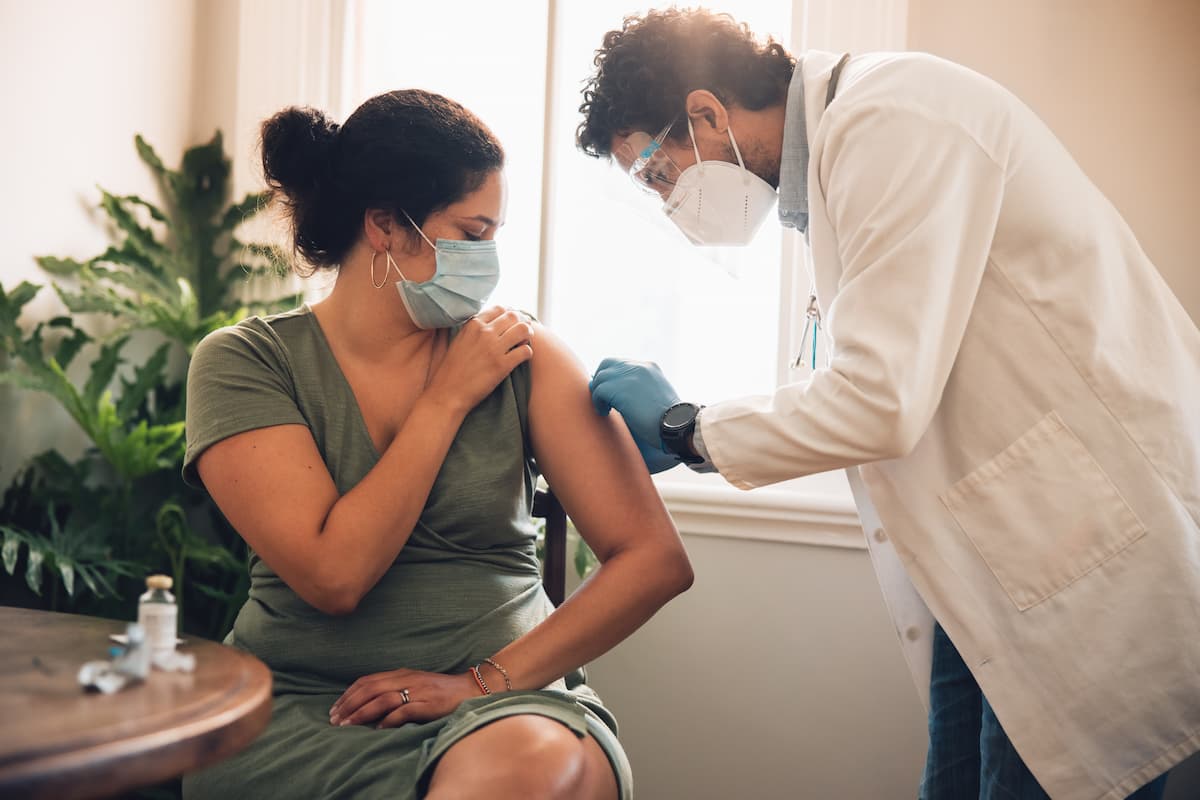Article
Youths Who Use Antipsychotics Face Increased Diabetes Risk
Author(s):
Children and young adults who used antipsychotics were 3 times more likely to develop type 2 diabetes than those taking other psychotropic medications, according to the results of a recent study.
Children and young adults who used antipsychotics were 3 times more likely to develop type 2 diabetes than those taking other psychotropic medications, according to the results of a recent study.
Previous research has found a link between use of some types of antipsychotic drugs and an increased risk of developing type 2 diabetes in adults, and a new study suggests that children and young adults who are prescribed antipsychotics may also have an elevated diabetes risk.
The retrospective cohort study, published online on August 21, 2013 in JAMA Psychiatry, evaluated the association between type 2 diabetes and initiation of treatment with antipsychotic drugs in children and young adults aged 6 to 24 enrolled in the Tennessee Medicaid program between January 1996 and December 2007. A total of 28,858 patients taking atypical antipsychotic drugs were included in the study and were compared with 14,429 matched controls taking other psychotropic medications, such as mood stabilizers and psychostimulants. Children who had been previously diagnosed with diabetes, schizophrenia, or a condition for which antipsychotics are the only treatment were excluded from the study. The researchers followed the patients for a year after their prescriptions were filled, unless they were diagnosed with diabetes or the study ended before the year was up.
The results indicated that children and young adults who used antipsychotics were 3 times more likely to develop type 2 diabetes than those taking control drugs. Patients who took larger cumulative doses of atypical antipsychotics were at an even greater risk for diabetes. Children who took a cumulative dose equivalent to at least 100 grams of chlorpromazine had a hazard ratio of 5.43, compared with just 2.13 for those with a cumulative equivalent dose under 5 grams. The increased diabetes risk observed among those prescribed with antipsychotics remained high throughout the year of follow-up.
To determine whether children younger than 18 were affected by use of antipsychotics, the researchers performed a separate analysis for children 17 and younger. In this analysis, antipsychotic users were more than 3 times more likely to develop type 2 diabetes than control drug users.
Despite the magnitude of their results, the researchers note that just 106 of the more than 43,000 children included in the study were diagnosed and treated for diabetes. The authors also note that since the children included in the study were enrolled in Medicaid, they may have been predisposed to develop diabetes, due to economic, social, and behavioral risk factors. They suggest, therefore, that the results be carefully considered in the clinical setting, as all children have varying risks for developing diabetes, and the condition is relatively rare among this age group.
Nonetheless, they argue that for some patients, it may be necessary to seek out alternatives to antipsychotics. “This is particularly important for high-risk children, for example, those with elevated weight,” said lead study author Wayne A. Ray, PhD, of the Vanderbilt University Medical Center, in a press release. “Children should be monitored carefully for metabolic effects predisposing them to diabetes, and use of the drug should be at the lowest possible dose for the shortest possible time.”
Newsletter
Stay informed on drug updates, treatment guidelines, and pharmacy practice trends—subscribe to Pharmacy Times for weekly clinical insights.

FDA Grants Full Approval to mRNA-1273 COVID-19 Vaccine in Children At Increased Risk




